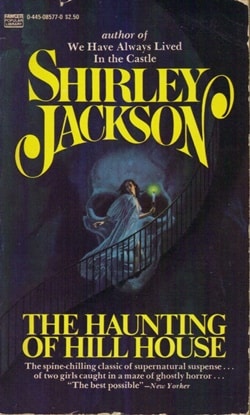Inspirational Haunted Houses
By Thorne & Cross
Home > The Hallway > Inspirational Haunted Houses
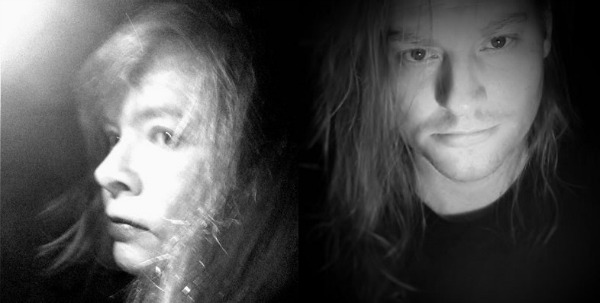
The Haunting of Hill House
“…Hill House, not sane, stood by itself against its hills, holding darkness within; it had stood so for eighty years and might stand for eighty more. Within, walls continued upright, bricks met neatly, floors were firm, and doors were sensibly shut; silence lay steadily against the wood and stone of Hill House, and whatever walked there, walked alone.” Shirley Jackson, The Haunting of Hill House.
Who can read the prologue to The Haunting of Hill House and resist continuing? We certainly can’t. From its confusing design to its creaking circular staircase, Hill House is a trap of the most elegant kind; a place of fear and wonder. Disneyland stole the breathing doors for its Haunted Mansion –- that tells us just how iconic this haunted house is.
We love haunted houses. Real or fictional, we don’t care. We just want to be there. We both love to check out haunted places so much that for our first in-person meeting, we went to a haunted cabin in California’s Gold Country to conduct an investigation for an unnerved homeowner. We had thrills, chills, and a few very odd experiences that quickly ignited our imaginations.
Hell House
With that in mind, here’s a little bit about our all-time favorite haunted places, real and fictional, and how they’ve affected our stories. First, there are the Houses Hill and Hell.
Shirley Jackson’s Hill House is the Hope Diamond of haunted houses. It is the book other writers aspire to when writing their own haunted house novels. The tale of Hugh Crain and his beleaguered family remains a mutual favorite, even after many reads. The scariest part of Hill House is, easily, the phantom pounding and scrabbling and gibbering at the doors. It’s terrific in the movie, even better in the book. But our very favorite part is when Eleanor finds out she isn’t holding Theo’s hand.
Hell House, by Richard Matheson, is a more physical version of Jackson’s Hill House, and is billed at the “Mount Everest of Haunted Houses.” As with Hill House, it’s easy to get lost in Belasco House (aka Hell House). It’s a gothic pile of stones with a deadly chapel inside and the spookiest pool ever encountered under any house. If you’ve seen the movie (The Legend of Hell House), you’ve had a good taste of Matheson’s Belasco House, but until you read the book, you won’t know what you’re missing. By turns horrifying and erotic, the novel will curl your shorthairs and your toes. The plot is similar to Jackson’s – a group of people spend time in a house that no one in their right mind would enter. Each is led by an academic and includes team members of questionable mental status. Hell House’s plot is more complex, involving a machine that removes pesky spirits (and that electromagnetic thread of story has a basis in reality that wasn’t even known – supposedly – back when it was written). Each story involves a power-mad master – Hill House has Hugh Crain and Hell House has Emeric Belasco. Crain and Belasco would hate each other: Crain is a puritanical bastard while Belasco is a hedonistic psychopath.
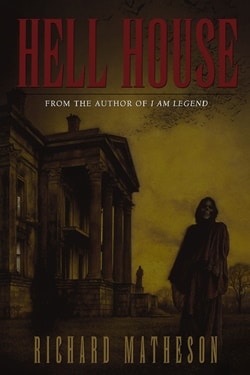
Haunted Hotels

How have Hill House and Hell House influenced our own work? Hill House is so iconic that there is probably a whiff of it in everything we – and every other writer of ghostly tales – write if ghosts are involved. As for tips of the hat, in Tamara’s Bad Things, Robin Piper’s middle name is Emeric and in Alistair’s novel The Crimson Corset, there’s an old vampire also named Emeric.
If Hell House is the Mt. Everest of Haunted Houses, then the Overlook Hotel in The Shining is the Holiday Inn of Horror. The Overlook, loosely based on The Stanley Hotel in Estes Park, Colorado, has enough ghosts and hauntings to serve an entire hotel chain. From the boiler room to the roof, from the ballroom to Room 217, and from the playground to the elevator, the Overlook is teeming with nasty things.
Haunted Lodges
In a creepy coincidence, when we stayed at the haunted cabin in Gold Country, we found, packed away in a suitcase, a little girl’s blue dress dating back to the sixties or seventies that reminded us of the dresses on the twins in Kubrick’s movie. As for the Overlook’s effects on our work, we thought of The Shining’s hornet’s nest while investigating the sounds in the cabin’s walls and hoped they were caused by animals or poltergeists – anything but insects. That would’ve been too much horror. And, of course, The Cliffhouse Haunting is set in a mountain lodge. It doesn’t look at all like the Overlook: we based it loosely on Yosemite’s Ahwahnee Lodge (also haunted). Coincidentally, Ahwahnee architect Gilbert Stanley Underwood also designed The Timberline Lodge, where Stanley Kubrick filmed exterior shots of The Shining. Also, Cliffhouse’s bathtub-loving Maisy Hart is a nod to Room 217. And you’ll find a few hidden jokes like the line, “I’ve always been the bartender” peppered throughout the story. In Tamara’s Candle Bay, there’s a groundskeeper named Jack Inglewood who claims he’s “always been the caretaker,” too. (In California, the cities of Torrance and Inglewood border each other.)
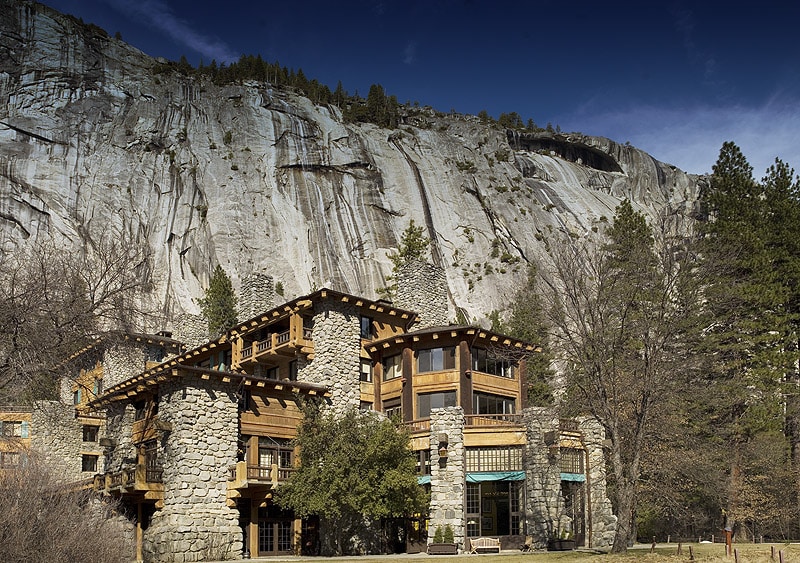
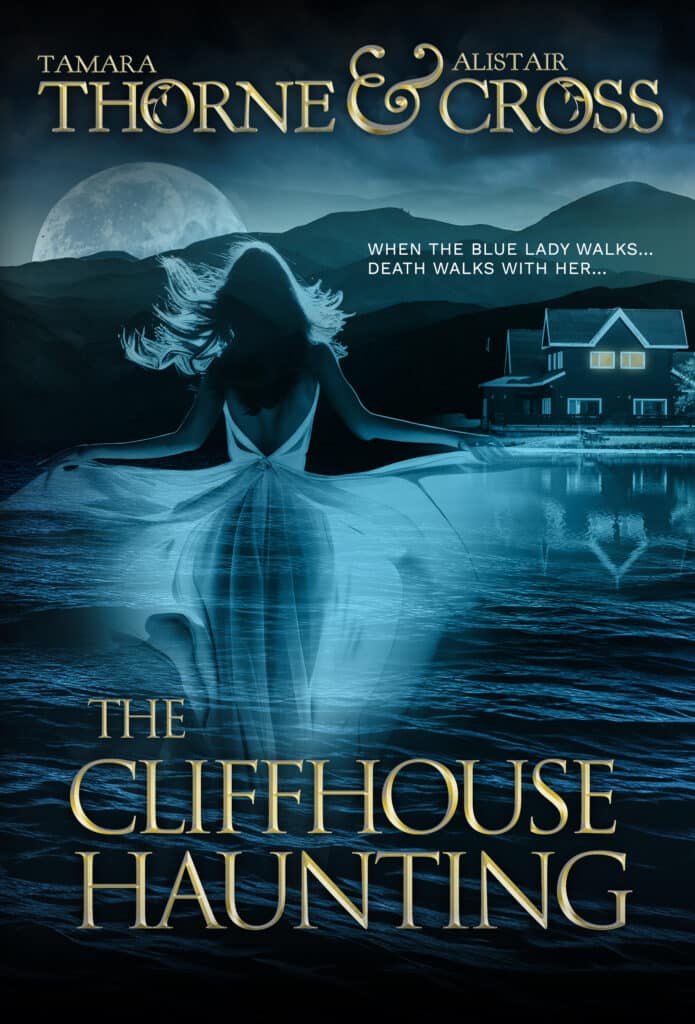
The Cabin in Gold Country (nonfiction): At first sight, this cabin reminded us of the cabin in theEvil Dead movies. Fortunately, it lacked a basement full of obnoxious ghouls and no chain saws were in sight. But it did have something… extra. We stayed a total of five nights in this privately owned property. There was no electricity and the only heat came from a massive fireplace. We quickly realized that there was in fact some anomalous activity and by the end of the fifth day, we left in a bit of a hurry after having some increasingly disturbing experiences.
How the haunted cabin has influenced our work: We were in the middle of our first collaborative novel, when we visited the cabin. It quickly inspired us to begin The Cliffhouse Haunting, which we pushed to the front of the line and released in April of 2015. While we have both experienced anomalies in other places, the quiet isolation of the locale and the lack of anything but candle and lantern light made every creak and groan an adventure and really wound us up to do Cliffhouse. We picked up a few elements from the real experience and plunked them into Cliffhouse. Sara’s floating sandwich scene is one of them.
Another favorite fictional house of ours is the one in The Changeling starring George C. Scott. It’s memorable for its high-ceilinged rooms, a bathroom even creepier than the one in The Shining, the attic room where the haunted wheelchair lurks, and the dark at the top of the stairs where the unseen entity plays ball. That’s enough spookiness for any house, but this tale is allegedly based on anomalous activity in an old house in Denver where the screenwriter lived for a time.
The Brookdale Lodge (nonfiction) in the Santa Cruz Mountains of north-central California is currently closed but is known for the natural stream that runs through its restaurant, the Brook Room. The original lodge was built in 1890. It has an odd rustic-Victorian look to it and closer inspection reveals a lot of interior work that will remind you of the style of Yosemite’s Ahwahnee and Oregon’s Timberline Lodge. In some areas, the carvings will make you wonder if Jack Torrance isn’t lurking around the corner. The Brookdale’s history oozes with movie stars, gangsters and Prohibition Era hijinks. The Mermaid Room was a bar that looked directly into an indoor pool where guests could watch the “mermaids” swim and choose which one they’d like to reel into their rooms for a bawdy evening. But the ghosts of the Brookdale are the true stars. The most famous is Sara Logan, a child who drowned in the Brook Room stream.

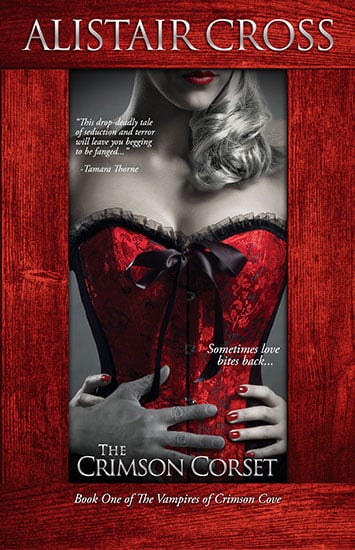
The Brookdale Lodge lends its atmosphere to both The Cliffhouse Haunting and Alistair’sThe Crimson Corset. Cliffhouse has a natural stream running through it and the Crimson Corset is a nightclub that bears a resemblance to the Brookdale. In particular they share underground passages that were once used for rum-running. The Crimson Corset is even set in the Santa Cruz Mountains, only minutes from the Santa Cruz Boardwalk where other vampires terrorized people in The Lost Boys.
Our final major influence can be found at Hearst Castle, an hour or two south of Santa Cruz. In our gothic series, The Ravencrest Saga, we have a beautiful but very eerie indoor pool that resembles the dark blue one at the castle. We don’t know if the non-fictional pool is supposed to be haunted or not, but if you’ve ever taken the tour, you may wonder how anyone has the nerve to dive into those deep blue depths.
There are many more places we could mention, from Winchester House to the Queen Mary, but we’ll save those for another day.

